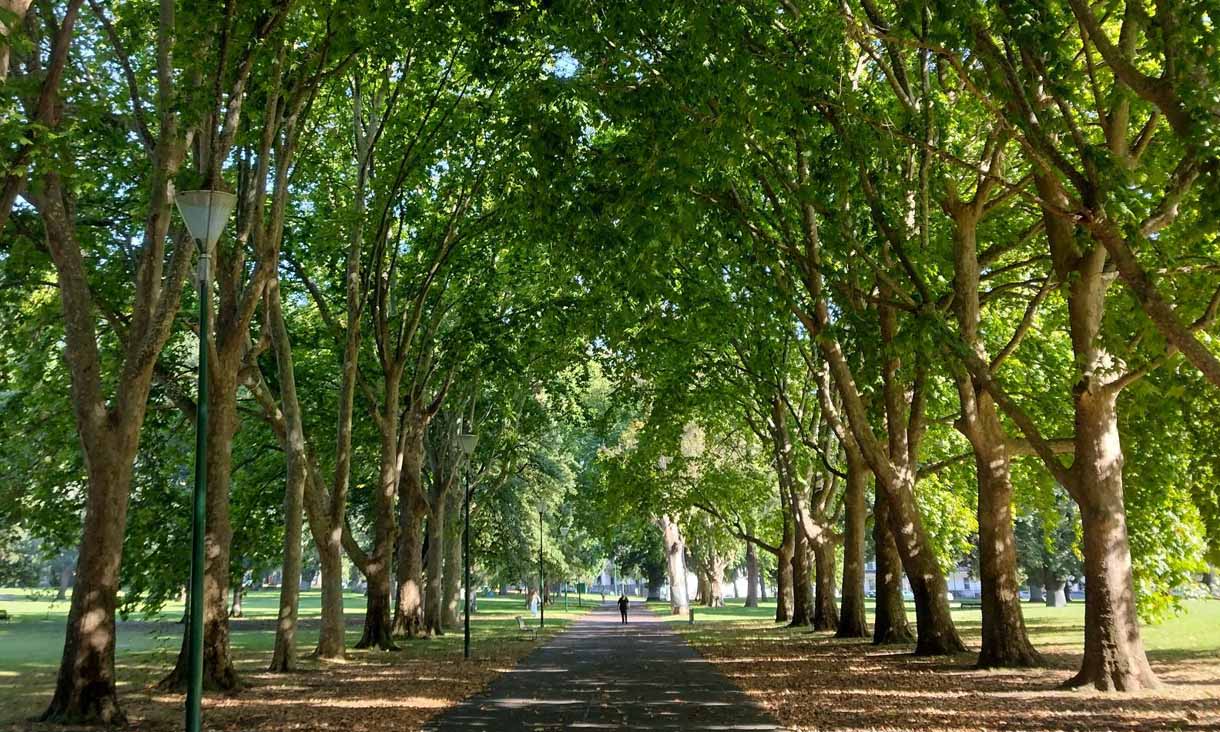Using a photo-preference survey, RMIT researchers are seeking global insights to help determine which visual and social features make animals charismatic and likeable to humans.
This is not just a popularity contest, says chief investigator Dr Luis Mata from the RMIT Centre for Urban Research, who has been leading this project as part of his research for the Clean Air and Urban Landscapes Hub.
The survey is designed to improve conservation messaging and decide which species are best suited to bring back into our cities.
“There is a worldwide enthusiasm for getting nature back into our urban areas, which has benefits both for humans and other species,” Mata says.
“But the success of any action depends on the ability of decision-makers to target the most suitable and appropriate species.
“So a key question to ask when developing a model is how much do people actually like this species?”
To address this question, Mata and his team created a web-based Public Elicitation Platform, which hosts the Charismatic Species survey to collect research data from the public.
The photo-preference technique was inspired by the paper, Conservation inequality and the charismatic cat: Felis felicis, that used this approach to study mammal preference in the UK, USA, India, South Africa and Australia.
“Interestingly, that study showed that, to a certain degree, Australians found local species more likeable than other more traditionally favourite megafauna, such as tigers and elephants,” Mata says.
“By developing a survey that can potentially reach people in every country around the world, we want to see whether this pattern can be generalised to other regions.
“Using these data, we can then identify what people like about animals and use this knowledge to improve messaging and provide evidence to support decisions on the most appropriate species to target for conservation actions.”
Although some protocols have been developed to identify charismatic mammals, Mata said no comprehensive protocol currently exists to determine the features that make other creatures such as birds, reptiles, frogs, insects and spiders attractive and likeable to people.
“We are hoping the survey data will also help us explore whether people prefer specific animal features and groups over others, for example mammals over birds, and whether people prefer animals that are biologically related to humans, such as apes, monkeys and lemurs,” he says.
The findings, to be made available in 2020, will be essential for fine-tuning conservation actions to bring nature back into cities that are currently being developed by the Clean Air and Urban Landscapes Hub.







